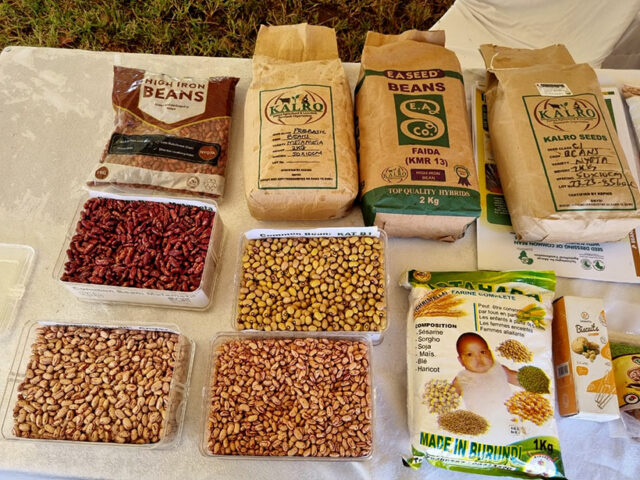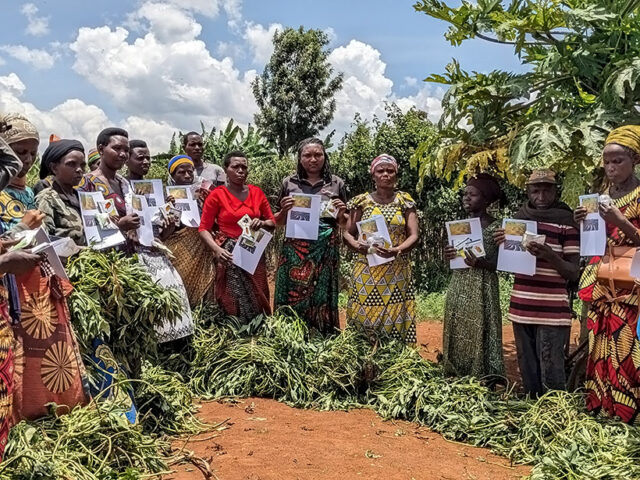
The pertinence of ecosystem-based adaption and risk finance couldn’t be more timely considering the unarguable, growing divergence between humans and the natural world. The risks are highlighted by unfortunate convergent situations such as the current COVID-19 pandemic demonstrates.
Ecosystem-based adaption means natural solutions to reduce risk exposure to climate-induced hazards, such as floods, landslides, droughts, storms, typhoons or other similar phenomena. This can be of particular importance for smallholders reliant on traditional agroforestry farming systems in countries like the Philippines, highly exposed to natural events, including volcanic eruptions and earthquakes.
Financial risk tools — such as agricultural insurance — have been playing an important role in minimizing revenue volatility for farmers. But should ‘green’ financial risk evolve and put more attention on sustainable farming practices that can reduce climate-induced risk exposure and retain biodiversity whilst, at the same time, do what farming is supposed to do, that is, be an instrument of food security, livelihoods and landscape management? How can we meet the Sustainable Development Goals in a conciliatory, synergetic way?
To address these questions (and raise more), a webinar was held on 19 June 2020 on how and why to merge ecosystem-based adaption and risk finance, in particular, risk-transfer mechanisms such as insurance, co-organized by World Agroforestry (ICRAF) and the Regulatory Framework Promotion of Pro-poor Insurance Markets in Asia (RFPI Asia) project operated by Deutsche Gesellschaft für Internationale Zusammenarbeit (GIZ).



